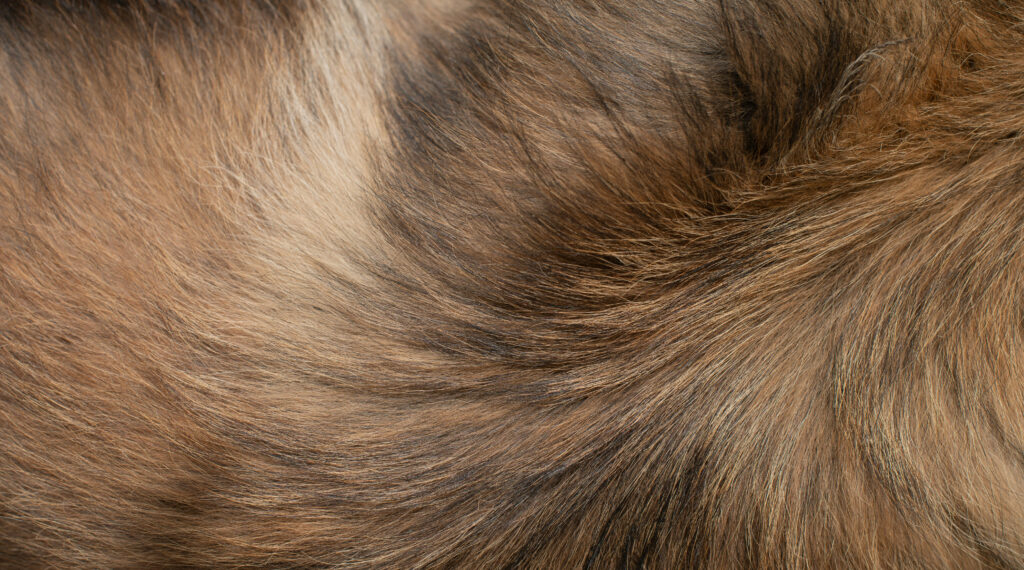Long-haired cats are absolutely gorgeous — but as any owner knows, keeping those silky coats healthy takes regular care and the right approach. I’ve learned these lessons through plenty of trial and error with my own and friends’ cats, and I’m excited to share what actually works.
(⚠️ Disclaimer: General advice; ask your groomer or vet for breed-specific care.)
1. Start brushing early & gently
Get kittens used to grooming so it feels like bonding, not a battle.
2. Use the right tools
Having the proper equipment makes everything easier:
- Wide-tooth comb for working through tangles
- Slicker brush to remove loose hair
- Mat splitter (with care) for stubborn mats
3. Brush daily or at least several times a week
Short, frequent sessions are much easier on both of you than marathon grooming battles. Even just 5-10 minutes a few times a week helps prevent those painful mats that seem to appear overnight.
4. Watch for hidden trouble spots
Behind ears, armpits, belly, and base of tail often mat first. These areas get overlooked easily, but they’re where your cat needs the most attention.
5. Bathe occasionally — if your cat tolerates it
Use cat-specific shampoo and dry thoroughly to prevent skin irritation. Not all cats need baths, but some long-haired breeds benefit from occasional washing, especially if they get into something messy.
6. Trim excess hair carefully
Especially around the rear area to reduce hygiene issues. This might feel awkward at first, but it really helps keep your cat clean and comfortable. If you’re nervous about doing this yourself, your groomer can show you the technique.
7. Check skin and coat during grooming
Look for lumps, redness, parasites, or any changes in the skin. Grooming time is perfect for these little health checks — early detection can make a huge difference in treatment outcomes.
8. Keep your cat calm
A quiet room, some treats, and soft praise make grooming much more pleasant for everyone. I’ve found that playing soft music and having treats nearby helps my cats associate grooming with positive experiences.
9. Feed a coat-friendly diet
A balanced diet rich in omega-3 and omega-6 fatty acids supports healthy fur from the inside out. Good nutrition shows up in coat quality more than most people realize.
10. Manage shedding season
More frequent brushing in spring and fall keeps loose hair off your furniture and helps your cat feel more comfortable.
Regular, gentle grooming isn’t just about keeping your cat looking beautiful — it’s quality bonding time that strengthens your relationship while keeping them healthy and comfortable. Once you establish a routine that works for both of you, grooming becomes much less stressful and more rewarding for everyone involved.

